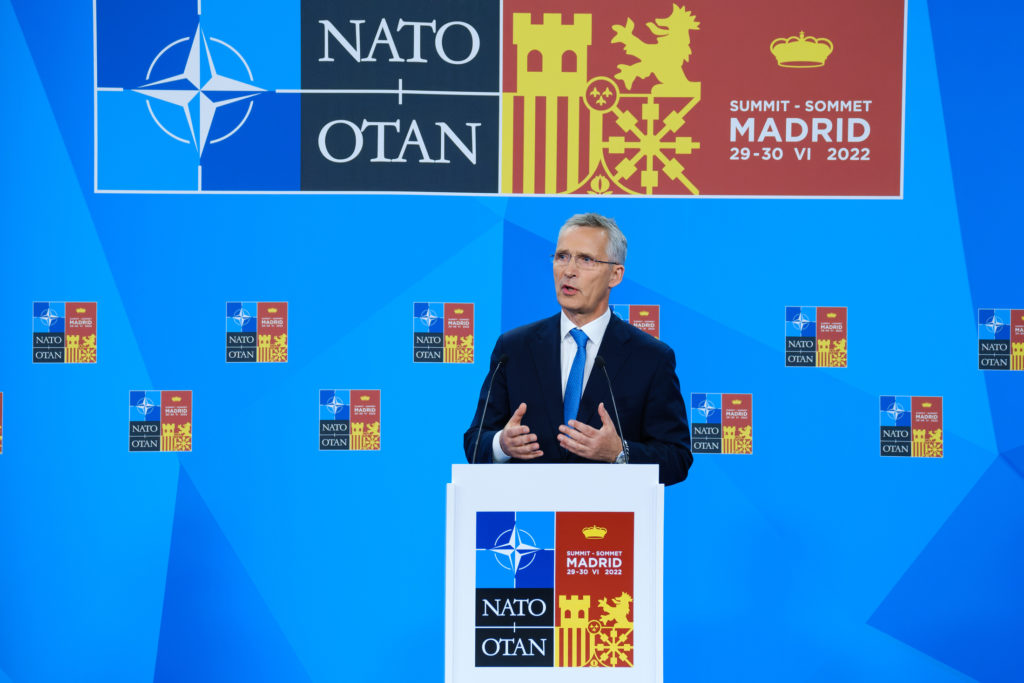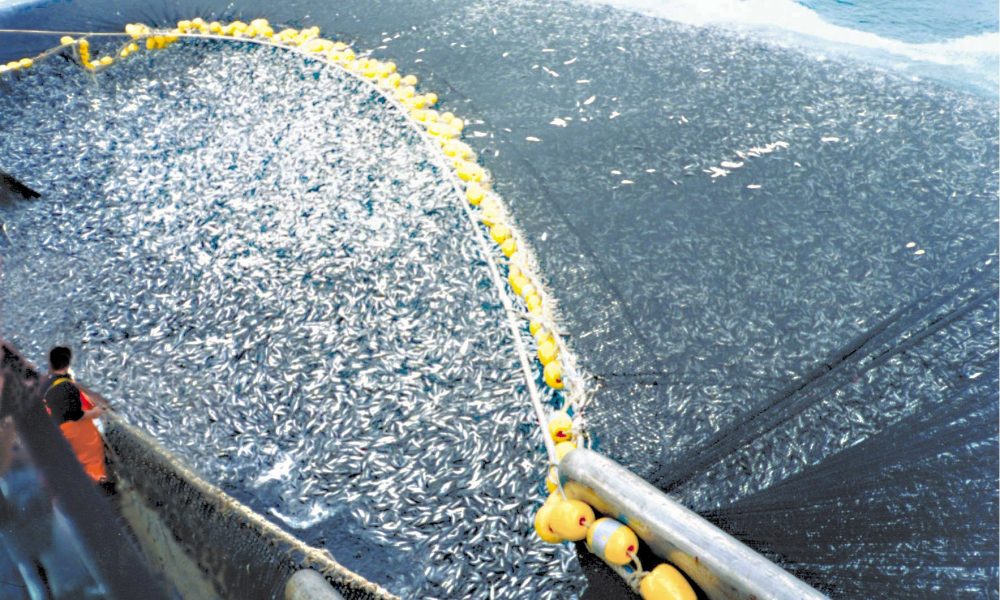Expectations for the 2022 NATO Summit in Madrid, held June 28-30, were high due to the confluence of factors increasing its importance. A new strategic concept should be adopted. Russia’s attack on Ukraine had changed the geopolitical situation; Chancellor Olaf Scholz had also announced one turning point, a major reversal in German defense and foreign policy. As a result of the war, the Baltic states renewed their calls for an increased military presence on the eastern flank. How has the Baltic defense changed after the Madrid summit?
In the run-up to the summit, the Baltic people’s requests were urgent and their expectations high. The case was clear and exceedingly reasonable; As argued by Estonian Prime Minister Kaja Kallas, if Russia were to attack as vigorously as it attacked Ukraine, under existing plans and levels of readiness, NATO would not be able to actually defend the Baltic states. The result would be more Russian atrocities and, at best, NATO’s liberation of the devastated nations. She hopes NATO will provide each of the three Baltic states with a full brigade, later expanded to two. The other expectation, and much more obvious from a Western perspective, was for Finland and Sweden to join NATO.
As expected, progress was made towards Finland and Sweden joining NATO as Turkish President Recep Tayyip Erdoğan agreed to support their membership. Since then, member state parliaments have ratified the application and accession, although Turkey has again proved a nuisance. Once this process is complete, the geostrategic nature of the Baltic Sea will change; already a European Union lake, it would also become a NATO lake. With adequate deployment of military forces, especially anti-ship weapons, NATO should be able to deny Russia their deployment in any conflict.
NATO has also committed to meeting Baltic reinforcement expectations; The existing battalion-sized Battlegroups with improved Forward Presence will each be expanded to brigade-size. This is consistent with the first step planned by Kallas. Any military expansion is welcome as it increases the chances that NATO’s reinforcement deterrence will work – the notion that Russia would be unable to overrun the Baltics before reinforcements arrive and therefore choose to remain deterred will. With that in mind, Britain pledged to add an additional 1,000 troops to its presence in Estonia. This expansion fits a renewed pattern of eastern flank reinforcements caused by Russia’s latest aggression. Denmark had already begun to reinforce the multinational battlegroup in Latvia in April. The United States also relocated various military forces, including the deployment of attack aircraft to Lithuania and an airborne infantry battalion to Latvia. While much work remains to be done to reinforce battlegroups to brigade size, the political implications of the Russian war itself provide a reinforcing dynamic that is independent of, but consistent with, the goals proclaimed at Madrid.
In addition to direct military reinforcements in the Baltic States themselves, NATO also plans to station nearby reinforcements that can credibly respond quickly. For example, Germany’s commitment to strengthen the Baltic States had this special character even before Madrid. Although better than nothing, this model is politically and militarily problematic. First, it obviously demonstrates weaker political engagement than actual action on the ground, and is therefore less likely to keep Russia from being deterred. This is especially true in a crisis situation, as the German instinct so far in all crises with Russia (up to and including the early days of the war against Ukraine) is to show restraint so as not to “escalate” the situation. Hypothetically, if this pattern were to continue in a Baltic crisis, any value that an operational brigade in Germany could have as a deterrent is negated because Germany would lack the political will to actually use them, let alone actively use them. Moreover, militarily it is much more difficult to move troops to the Baltic to defend it after hostilities have broken out than before; Much has been said over the last eight years about how difficult it would be to strengthen a theater that would strengthen and sustain the Baltic States. A deployed brigade in Germany would still face this problem even if it already had pre-positioned equipment in Lithuania. The military and political credibility of such a brigade is in doubt.
Beyond the summit, the vicarious experience of the war in Ukraine also had an inevitable immediate impact on Baltic defense policy, especially procurement. Estonia acted first with the aim of buying up to six High Mobility Artillery Rocket Systems (HIMARS), which have given the Ukrainians excellent service against Russian logistics, command points and other high-value targets. Latvia is also planning to purchase HIMARS. The other two top-priority procurements are anti-ship weapons and medium-range air defense, the latter as a joint procurement with Estonia. On July 27, Lithuania also announced plans to purchase HIMARS.
However, the biggest news in the Baltic defense sector is that Latvia plans to reintroduce conscription from 2023, initially on a voluntary basis. In 2023, the plan calls for 1,000 conscripts, ideally increasing by 2,000 each year until 7,000 are called up annually. This brings the proportion of the population to 50,000 available and ready to actively defend the country in combat should the need arise, of which 14,000 are on active duty, 16,000 are National Guardsmen and 20,000 are reservists. It is unclear why this policy is being changed now that Latvia has consistently resisted reintroducing conscription even after 2014 — plausible explanations may be individually or collectively the war, pressure from the other two Baltic states, or as part of the leadership of diplomacy behind include the scenes to Madrid.
Ultimately, the Madrid summit brought no real surprises for Baltic defense: progress for Sweden and Finland and limited but desirable reinforcements for the Baltic states. However, the war has renewed attention and thought about Baltic defences. Despite some Western (particularly Western European) complacency, it remains unwise to assume that Russia will remain quiet in the Baltics. This is not the case with Ukraine, yet Russia has given its “great power” a nudge over Ukraine, giving NATO some time to strengthen its border with Russia and improve military readiness while Russia rebuilds its army – current estimates vary from a pessimistic two years to an optimistic two decades. And the war is not over yet.
The views expressed in this article are solely those of the author and do not necessarily reflect the position of the Foreign Policy Research Institute, a nonpartisan organization that strives to publish well-argued, policy-oriented articles about American foreign policy and national security priorities.




